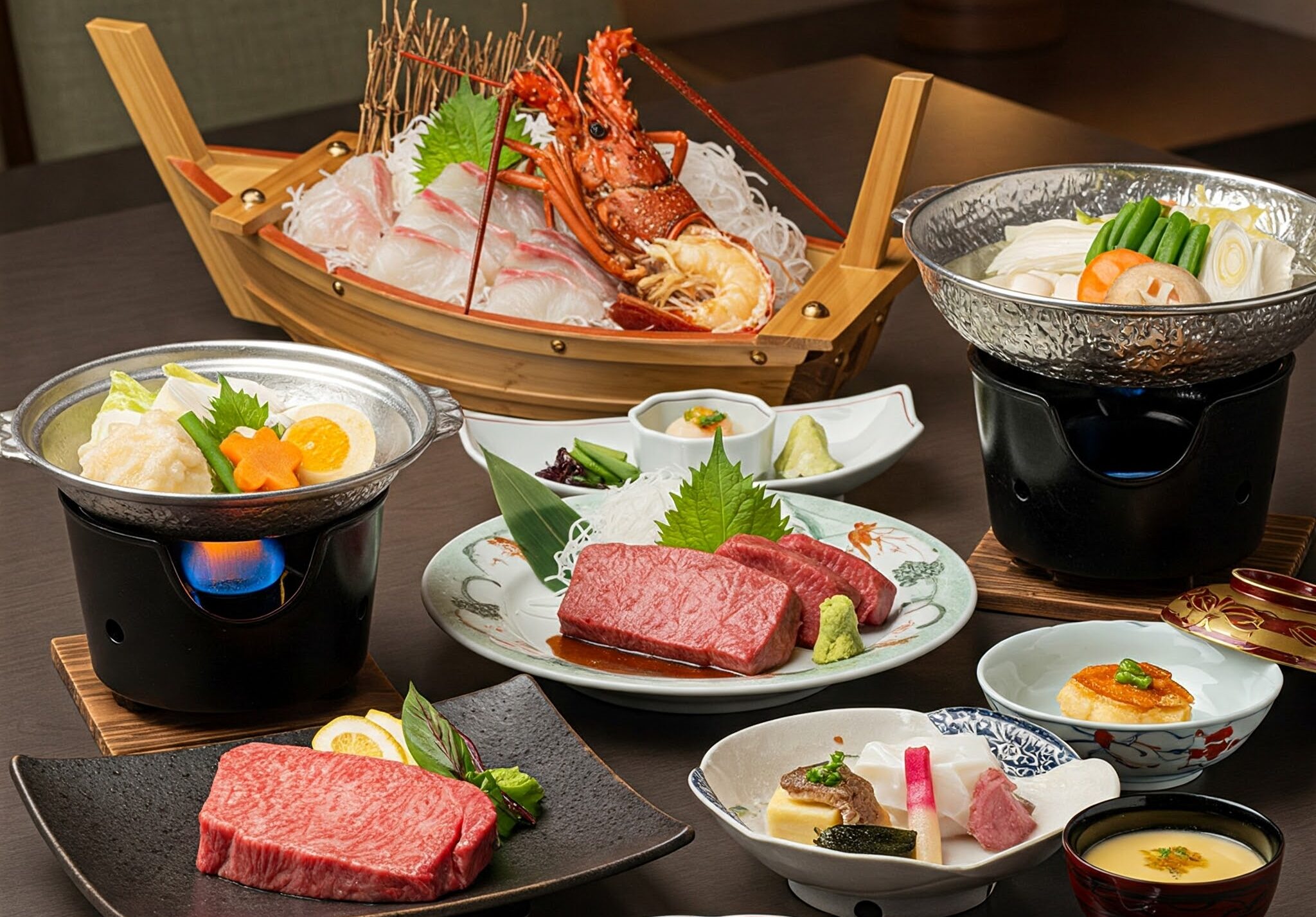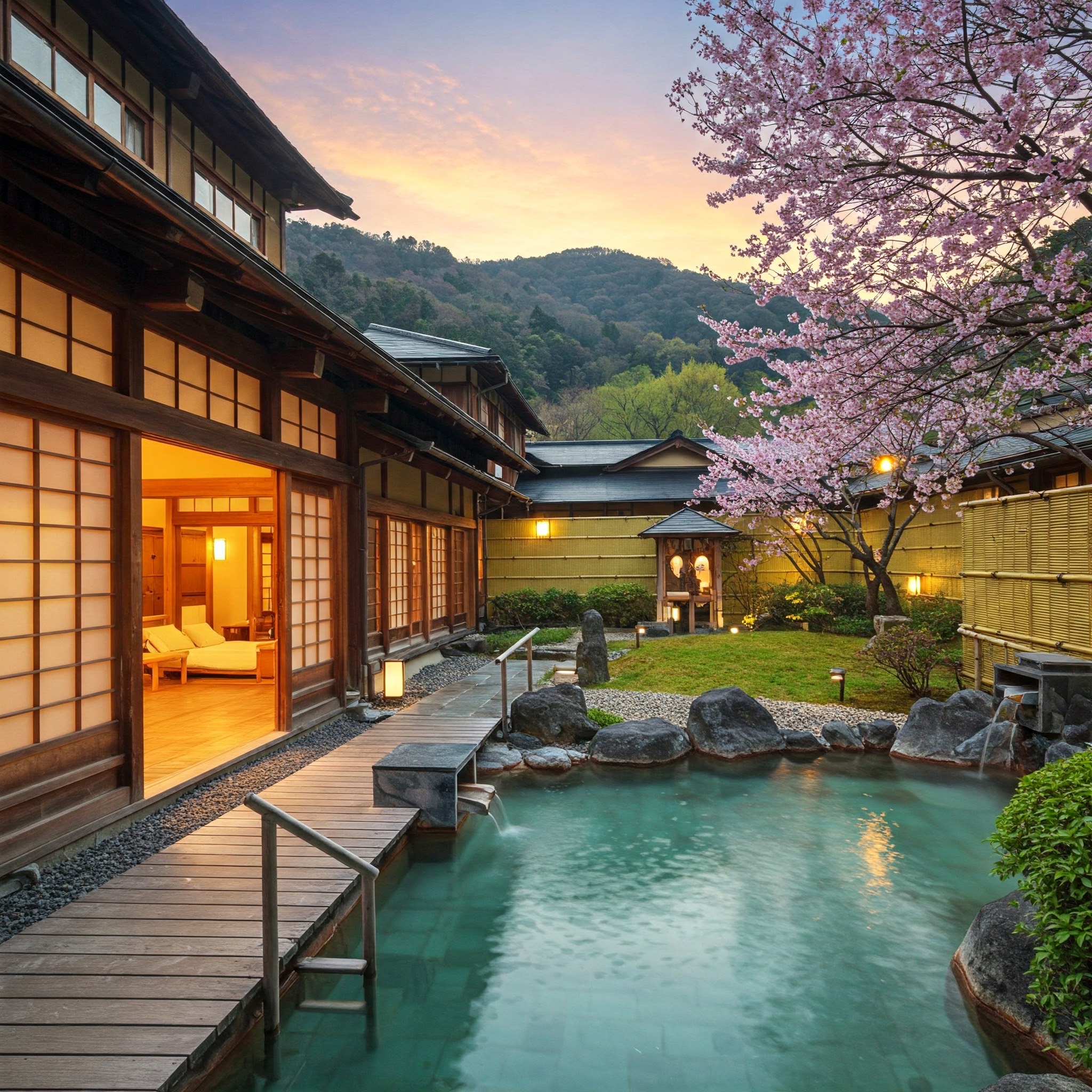Are you planning a trip to Japan? Japan boasts beautiful scenery that changes with the seasons, historic architecture, and world-renowned cuisine. Many visitors look forward to experiencing Japan’s food culture. However, Japan has unique dining etiquette, and not knowing it can lead to unintentional rudeness or prevent you from fully enjoying your meals. This guide provides international visitors with a comprehensive overview of Japanese table manners, going beyond a simple list of rules to explain the underlying cultural values and perspectives.
1. Chopstick Etiquette
Chopsticks (hashi) are essential to Japanese dining. More than just eating utensils, chopsticks have historically been considered sacred, even believed to hold a spirit. Consequently, there are many taboos associated with their use, and observing these is considered good manners at the table. It can be tricky if you’re not used to them, but practicing a little beforehand will make your dining experience smoother.
Watashi-bashi (渡し箸)
When resting your chopsticks during a meal, if there’s no chopstick rest (hashioki), it’s common to place the tips on the edge of a dish. However, placing your chopsticks across the top of a bowl like a bridge (“watashi-bashi”) is a breach of etiquette. This is interpreted as a signal that you’re finished with your meal and no longer want any more. If there’s no chopstick rest, fold your chopstick wrapper to create a makeshift one, or rest the tips on the edge of a small dish.
Tate-bashi (立て箸)
Sticking your chopsticks upright in a bowl of rice (“tate-bashi”) is a major taboo. This resembles the offering of rice to the deceased at a Buddhist funeral and should absolutely be avoided.
Mayoi-bashi (迷い箸)
Hovering your chopsticks indecisively over the dishes (“mayoi-bashi”) is also to be avoided. This is seen as indecisive and lacking in refinement. Decide what you want to eat before extending your chopsticks.
Yose-bashi (寄せ箸)
Using your chopsticks to pull a dish closer (“yose-bashi”) is bad manners. It gives an impression of being uncouth and clumsy. Always pick up dishes with your hands.
Hashi-watashi (箸渡し)
Passing food directly from chopsticks to chopsticks (“hashi-watashi”) is one of the most serious taboos. This action is associated with the ritual of passing cremated bones at a funeral. Always transfer food to a small plate before offering it to someone.
Sashi-bashi (刺し箸)
Stabbing food with your chopsticks. It gives the look that you are treating the food roughly, so it is bad manners.
Neburi-bashi (ねぶり箸)
Licking the tips of your chopsticks. Considered unhygienic and unpleasant for those around you.
2. Slurping Sounds
In Japan, it’s generally not considered bad manners to make slurping sounds when eating noodles like ramen, soba, and udon. In fact, it’s often seen as a sign that you’re enjoying the meal and appreciating the noodles’ flavor. Slurping helps draw in air along with the noodles, enhancing the aroma and taste.
However, making loud chewing sounds (kuchakucha) is always to be avoided, regardless of the dish. This is unpleasant for both your dining companions and others nearby.
Slurping soup is sometimes acceptable, but making loud noises is generally considered impolite. Especially in formal settings or high-end restaurants, it’s best to drink soup quietly.
3. Handling Dishes
In Japan, it’s customary to hold rice bowls and soup bowls in your hand while eating. This shows respect for the food and expresses gratitude. Holding the bowl also encourages good posture (avoiding a hunched-over “cat posture”).
However, it’s perfectly acceptable to leave heavier bowls, like donburi (rice bowls with toppings), or large plates on the table. Trying to lift something heavy and dropping it would be more impolite.
4. “Itadakimasu” and “Gochisosama”
Saying “itadakimasu” before a meal and “gochisousama” after finishing is a fundamental part of Japanese dining etiquette.
- Itadakimasu (いただきます): This expresses gratitude for the life of the ingredients, the effort of the people who prepared the meal, those who grew the ingredients, those who transported it – everyone and everything involved in bringing the meal to you. It’s typically said with hands pressed together in a prayer-like gesture.
- Gochisousama (ごちそうさま): This expresses thanks for the completed meal and appreciation to the cook. The word chisou originally meant “to run around and make preparations,” reflecting gratitude for the effort put into preparing the meal.
These phrases are not mere greetings; they are important expressions of gratitude for the food. Say them with sincerity.
5. Kaiseki Ryori Etiquette
Kaiseki ryori is a traditional Japanese multi-course meal that originated in the context of tea ceremonies. It’s formal and has detailed etiquette.
- Order of Dishes: Kaiseki dishes are served in a specific order. Enjoy each dish one at a time, in the order presented.
- Handling Lids: When you remove the lid from a dish, don’t flip it over and stack it. Place it quietly to the right of the dish. When finished, replace the lid as it was originally.
- Dining Pace: Enjoy your meal at a relaxed pace, matching the pace of others at the table.
- Attire: When dining at a formal establishment serving kaiseki, it’s appropriate to dress somewhat formally.
Kaiseki ryori represents the pinnacle of Japanese cuisine. By following the etiquette, you can fully appreciate its delicate flavors and beautiful presentation.
6. Leftovers
Generally, it’s polite to finish the food you’re served. This shows appreciation for the ingredients and the cook’s efforts, and it aligns with the Japanese cultural value of not wasting food.
However, if you absolutely can’t finish everything or aren’t feeling well, it’s acceptable to leave some food. Say something like, “Sumimasen, onaka ga ippai de…” (“I’m sorry, I’m full…”) when leaving food. Forcing yourself to eat and becoming ill would be more troublesome.
Mutual Understanding and Respect
Japanese dining etiquette might seem complex at first. However, the underlying principles are gratitude and respect for the food, the preparation, and your dining companions. If you understand these basic concepts, even minor mistakes are unlikely to cause offense.
The most important thing is to respect Japanese food culture and to enjoy your dining experience. We hope this guide helps enrich your culinary adventures in Japan! Enjoy the wonderful world of Japanese cuisine.



コメント